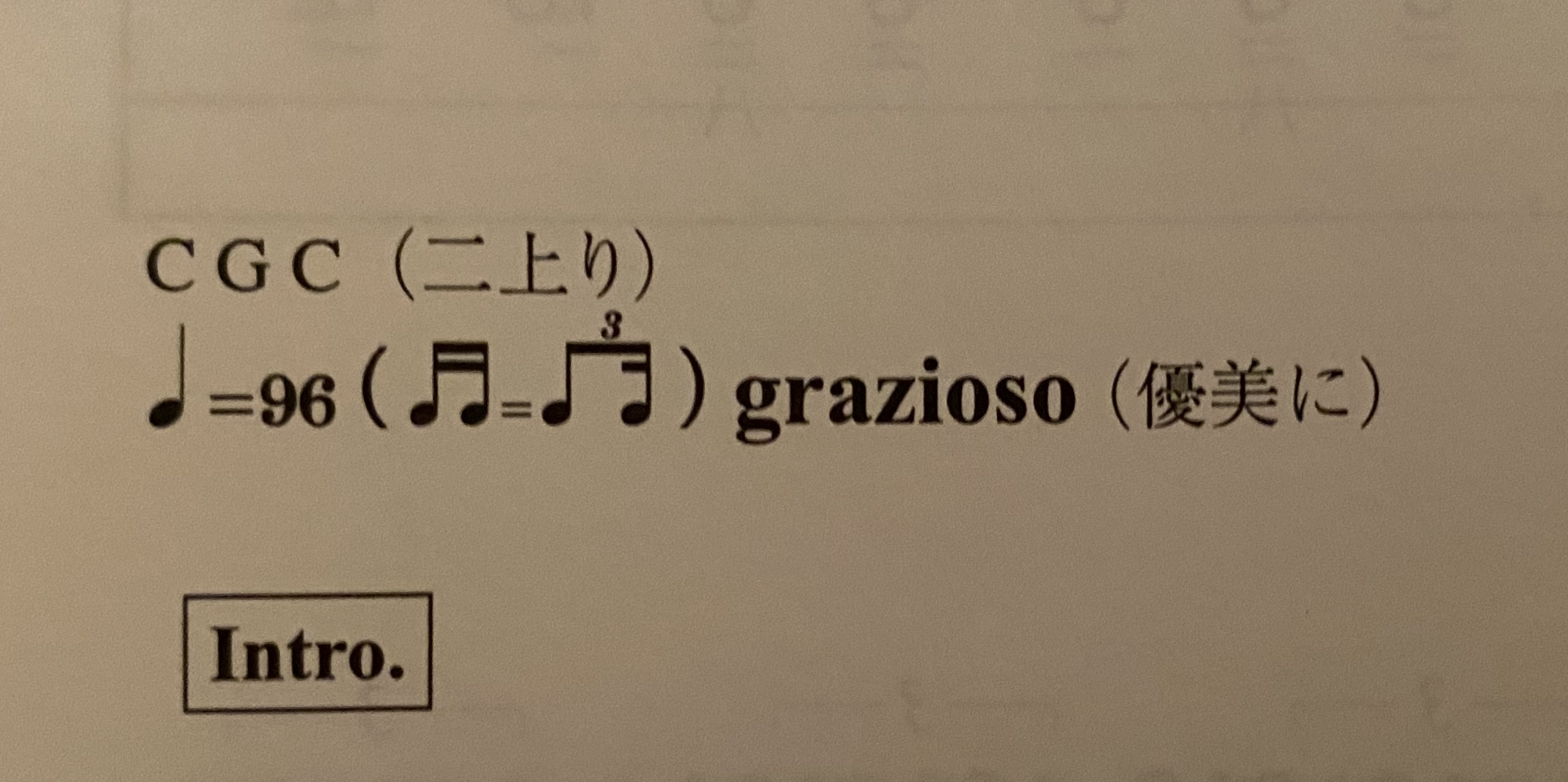If you learn from a teacher, you’re generally learning songs as they’re sung either with lyrics or so-called guchijamisen.
From Mugiya bushi:
Te re ton te re ton
Ton tsu te re te re ton
Guchijamisen is a set of onomotopeic words that indicate string and strike style which can be sung to the rhythm. With lots of experience you can start to guess at rhythm patterns in different songs based on their lyric guides, or how other songs in similar classes (ondo, bon odori, etc.) sound.
The Fujimoto books, the guys behind bunkafu, are fundamentally about getting people to join their schools to make money. Consequently, the most you’ll ever seen is some slight notice on beat or tempo.
Re:bachi pattern. Do you mean play style?
There are a few different bachi patterns, but they’re usually regional. These tend to have an iconic song or two and have consistent patterns. One of my colleagues plays in
Akita-biki and the other in Tsugaru-biki.
The former has a consistent rhythm that utilizes almost constantly up and down strokes.
The latter is the more familiar bachidzuke, and fairly heavy use of delayed Suri.
A former coworker developed an offshoot of the local Johana-machi way of playing that places heavy emphasis on chin-chi-ri embellishments (strike, upstroke, immediate hajiki). So much so that his hand seems to blur up and down the sao.
If, on the other hand, you mean the rhythm or groove of a piece - the answer remains yes. There are regional arrangements of songs that grow out of other songs.


 I wish it were more like this ukulele TAB:
I wish it were more like this ukulele TAB:


